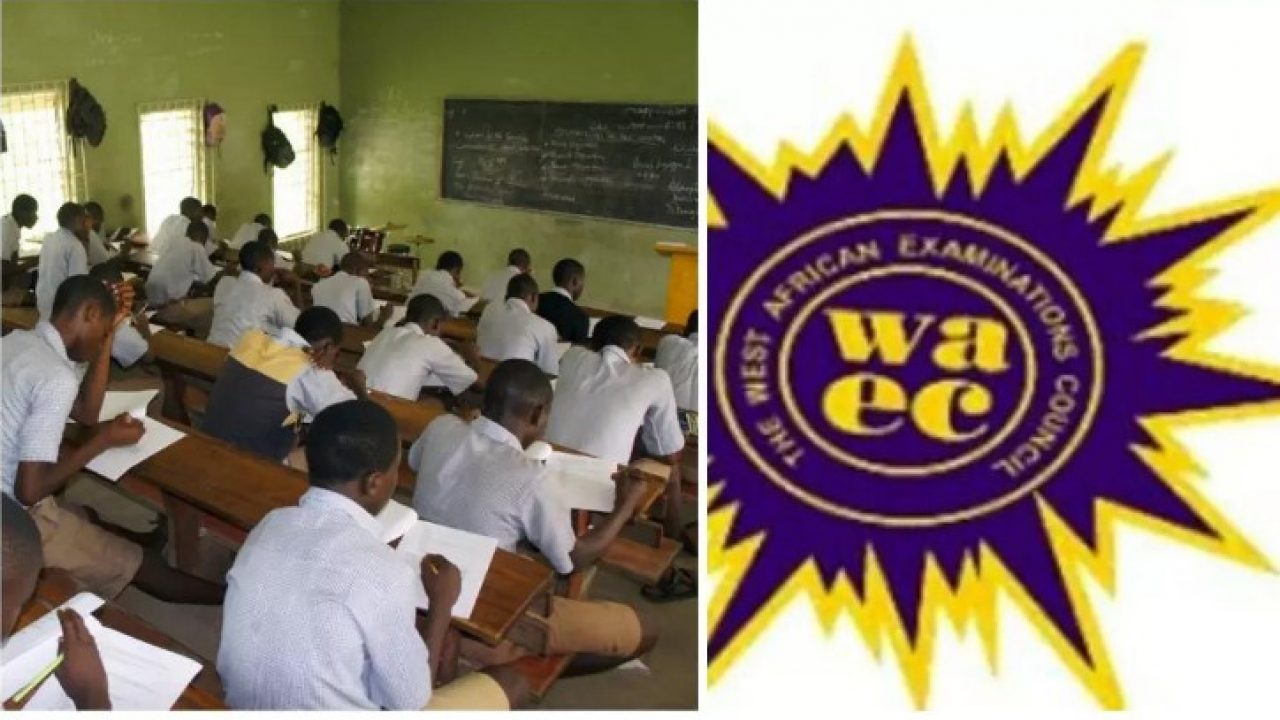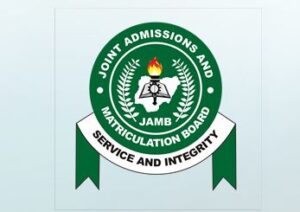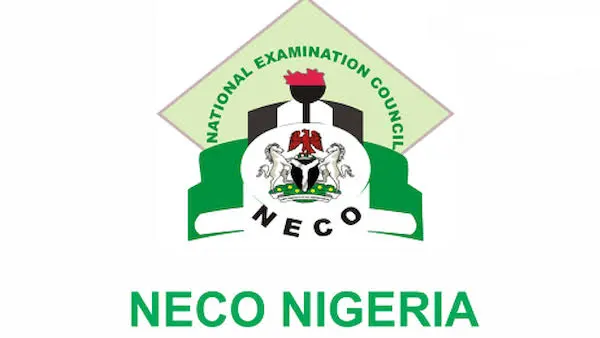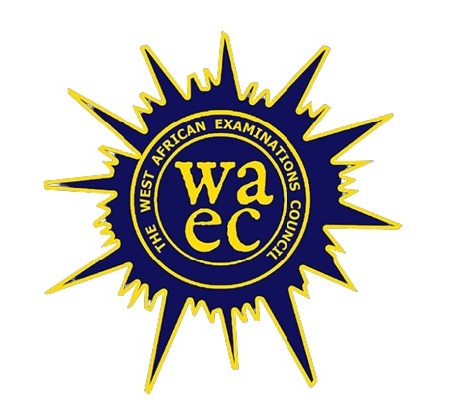WAEC Visual Art Syllabus 2024/2025
WAEC Visual Art Syllabus are now available for students who are preparing to start their WAEC examination. Check it out and prepare for your examination well.
The syllabus for this art examination is designed to cultivate candidates’ aesthetic awareness, emotional development, and visual skills through active engagement in creative activities.
Objectives
The objectives of this syllabus are to assess candidates’ abilities in the following areas:
- Development of Skills: Developing a deep sense of observation, analytical thinking, and expressive skills through various self-participatory art activities.
- Technical Knowledge: Acquiring knowledge and skills in the use and maintenance of art tools, equipment, and materials.
- Appreciation of Art: Evaluating candidates’ appreciation of values and qualities in different works of art, including indigenous cultural expressions.
- Design Elements and Principles: Understanding and creatively applying design elements and principles in artistic endeavors.
- Art History: Understanding the history and branches of Art, including the relationship between African Art and Western Art.
- Socio-Economic Role of Art: Recognizing the meaning, significance, and role of art in socio-economic development and fostering self-reliance.
- Technological Integration: Understanding and applying both indigenous and modern technologies in the field of art.
- Creative Use of Materials: Demonstrating creative skills in improvising with local materials and resources.
- Interdisciplinary Understanding: Understanding the relevance of art across different subject areas.
- Career Exploration: Exploring and assessing exposure to various career paths within the field of art.
Scheme Of Examination
The examination is structured into three main papers, each focusing on different aspects of the syllabus:
Paper 1 & 2: General Knowledge in Art
- Paper 1: Consists of forty multiple-choice objective questions designed to be completed in 50 minutes, carrying 40 marks. It covers foundational aspects of art, including elements and principles of art, branches, processes, history, and appreciation of art. This paper also assesses candidates’ knowledge of the use and care of art tools and materials.
- Paper 2: Comprises eight essay-type questions categorized into Sections A, B, and C. Candidates must answer four questions: one from Section A, two from Section B, and one from Section C. Section A covers general knowledge in art, while Sections B and C delve into specific topics such as the Art of West Africa and Pre-Historic, Ancient Egyptian, and Western Art.
Paper 3: Practical Examination
Paper 3 is a practical examination conducted in three sections, each focusing on different dimensions of art creation:
- Section A – Drawing: Candidates choose one from three alternatives: Drawing from Objects, Nature, or Life. This section evaluates candidates’ ability to observe, analyze, and accurately depict subjects using various drawing media such as pencil, pastel, charcoal, or watercolor.
- Section B – Creative Design (2D): This part offers six questions divided into graphic design, textile design, and picture-making. Candidates select one question to demonstrate their ability to visualize and communicate ideas effectively in two-dimensional art forms.
- Section C – Creative Design (3D): Candidates engage in creating three-dimensional artworks across four categories: sculpture, product design/modeling, ceramics, and crafts. This section assesses candidates’ sense of originality, imagination, and technical proficiency in three-dimensional art forms.
Detailed Syllabus
Papers 1 & 2: General Knowledge in Art
- Nature and Branches of Art: Covers foundational concepts in art, including the diverse branches and career opportunities available within the field.
- Visual Elements and Principles: Focuses on the understanding and appreciation of elements such as line, color, space, shape, form, and texture, as well as principles like balance, rhythm, proportion, harmony, and emphasis.
- Art Tools and Materials: Includes practical knowledge of the production, use, and maintenance of art tools, equipment, and materials.
- Perspective: Discusses various types of perspective, such as aerial, linear (angular/parallel), and foreshortening.
- Art and Craft Terminology: Introduces key terms used in art and craft, covering techniques such as tie and dye, relief, chiaroscuro, etc.
- Interdisciplinary Connections: Explores the inter-relationships of art with other forms of creative expression, including music, dance, drama, and literary arts.
Art of West Africa:
- Traditional Art: Provides knowledge of traditional art forms in West Africa, including their geographical distribution, characteristics, and cultural significance. Covers concepts such as animism, fetishism, and mythology.
- Contemporary Art: Discusses contemporary artists and their contributions to the development of art in West Africa, exploring styles, media, materials, and artistic philosophies.
Prehistoric, Ancient Egyptian, and Western Art:
- Prehistoric Art: Examines early human art from the Paleolithic, Mesolithic, and Neolithic periods, including materials used, stylistic characteristics, and cultural functions.
- Ancient Egyptian Art: Covers the art of ancient Egypt during the Old, Middle, and New Kingdoms, exploring artistic styles, religious symbolism, and cultural significance.
- Western Art: Provides an overview of Western art history from medieval to modern periods, highlighting major movements and artists such as Impressionism, Post-Impressionism, Renaissance, and Cubism.
Paper 3: Practical Examination
Section A – Drawing:
- Drawing from Objects: Requires candidates to observe and interpret groups of man-made objects arranged compositionally.
- Drawing from Nature: Involves the study of natural objects to capture their forms, textures, and growth patterns.
- Drawing from Life: Tests candidates’ ability to depict the human figure accurately in various poses and attitudes.
Section B – Creative Design (2D): Graphic Design, Textile Design, Picture-Making
- Graphic Design: Includes tasks like designing posters, creating logos, and illustrating books using various graphic techniques.
- Textile Design: Involves designing patterns for fabrics using techniques such as batik, tie and dye, and block printing.
- Picture-Making: Tests candidates’ skills in painting and photography, emphasizing composition, technique, and creative expression.
Section C – Creative Design (3D): Sculpture, Product Design/Modeling, Ceramics, Crafts
- Sculpture: Candidates create sculptures using materials such as clay, metal, wood, or plaster, focusing on form, texture, and spatial relationships.
- Product Design/Modeling: Involves designing and modeling industrial products like automobiles, bottles, or cosmetics.
- Ceramics: Includes creating ceramic wares such as vases or bowls through molding, hand-building, or throwing on the wheel.
- Crafts: Covers various craft techniques such as basketry, jewelry making, calabash decoration, and other forms of decorative arts.
Frequently Asked Questions
What does the practical exam (Paper 3) in the art syllabus test?
The practical exam tests your ability to create art. You’ll draw and design using different materials to show what you’ve learned.
How should I prepare for Papers 1 and 2, which focus on theory?
Study the topics in the syllabus well. Understand things like art history, different art styles, and how to use art tools. Practice answering questions like those in past exams to get familiar with them.
What books can I read to help me with art studies?
Look for books about art history, how art relates to cultures, and practical guides on making art. These books will give you more knowledge and help you prepare better.
Why is it important to know about other subjects like music and literature in art?
Knowing how art connects to other subjects makes your learning richer. It also opens up more job opportunities in different areas of art and culture.
Conclusion
To sum up, the art syllabus is designed to help you understand and express yourself through art. It covers both theory and practical skills, so you’ll learn about art history, different art techniques, and how to create your own artwork. By studying this syllabus, you’ll not only do well in exams but also develop skills that can lead to a variety of careers in the arts. It encourages you to explore different cultures and ways of thinking through art, making your learning journey both rewarding and insightful.



![Physics Syllabus For WAEC 2025 [UPDATED]](https://examdon.com/wp-content/uploads/2024/06/images-7-1.jpeg)


![Jamb Syllabus For Igbo Language 2025 [UPDATED]](https://examdon.com/wp-content/uploads/2024/06/JAMB-logo-300x212-1.jpeg)

Why are there no past questions in the subject visual Art Please we need them as teaching for the preparations of the students.